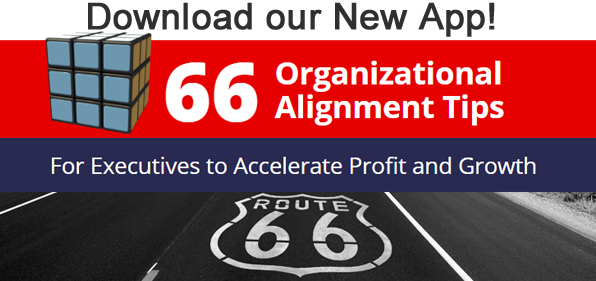Finding good people has always been a challenge for many organizations. Now, in an economy that has been described as a “war for top talent,” the search for competent workers has taken on an even more urgent tone. Yet, many companies are overlooking a large pool of talented professionals that could help alleviate this talent shortage.
Today, an estimated 11% of working adults in the U.S. work full time as freelancers or contractors, with another 20% or so offering these services on a part-time basis or in addition to full time work. The growth of digitization has greatly expanded opportunities for remote working. Combined with a growing desire in the workforce for flexibility in the workplace, this has led talented individuals to abandon full-time employment in favor of self-employment as a freelancer or independent contractor, or to augment their full-time earnings with freelance income.
The gig economy offers organizations an excellent opportunity to tap into a truly dynamic talent source. However, it raises some interesting organization design questions for companies, because many organizations are not well set up to take advantage of this dynamic talent pool.
Barriers to Entering the Gig Economy
When considering organization design in the era of the gig economy, it helps first to identify the major barriers preventing many large organizations from utilizing freelance talent:
- One is that the gig economy is simply not on their radar screen. Many traditional organizations are not comfortable embracing gig workers because that is not the way they have traditionally done things. They either employ people directly, or they look to staffing agencies to provide temporary work on a scalable basis. They do not have efficient procedures in place to hire independent workers.
- Another is that freelancers can be hard to find and vet. While freelance talent platforms such as E-lance and HelloTech do exist online, many of the most qualified gig workers choose to avoid the red ocean environment of these sites in favor of other means of client acquisition like networking and direct prospecting.
- Once you do find good talent, it can be difficult to determine the quality of their services before hiring, or to know how to manage them once hired. Many may actually be capable of delivering better quality work than the alternatives, but they are one-offs and it can be difficult to fit this into the processes of a large corporation.
- The contracting process can also be a barrier. Most freelancers don’t have legal teams and are not equipped to deal with the complex contracts that are typical of large organization’s contracting with each other.
Organizations that want to tap into this tremendous talent pool of people who want to work in smaller, shorter, incremental work assignments are thus bumping up against procedures and mindsets that are not geared towards that way of working. Companies either don’t want to employ them, can’t locate them, don’t know how to manage them, or want to put them through a very onerous contract process that could prove time and cost-prohibitive to gig workers.
Adopting a Gig-friendly Mindset
Organization design for the gig economy requires a shift in mindset. When designing an organization and looking at the different roles in that organization, it’s very typical to look at filling most roles through traditional lenses: either hiring somebody for that position or outsourcing the work through known channels. We don’t tend to say, “This is an interesting position we’re designing. This could be hard talent to find.” Or, “This could be a position we don’t need every single day but when we need it, we need someone to come in and bring some unique, distinctive skills to this, and that might be hard to find.” These are valid considerations, yet those kinds of conversations rarely happen when our mindset is such that we’re just thinking about what we’ve always done.
What does it take for an organization to overcome the obstacles and start taking advantage of the good talent that’s available—sometimes exclusively—through one-on-one contracts or gig assignments?
Designing Your Organization to Take Advantage of the Gig Economy
To attract and work successfully with gig workers, it’s essential to first be open to the idea of hiring them and then to have the means for dealing with them. Asking these questions can help kickstart the process of organization design for the gig economy:
- Do you have processes in place for finding the kinds of independent contractors and freelancers your company needs?
- Have you designed your contracting or procurement processes in a way that can be easy, quick, and fit-for-purpose for a gig worker?
- Once this talent has been found and contracted, do you have a way to onboard them and ensure they can deliver quality work? How will they be managed?
Addressing these issues may not be easy. But doing so can help your organization tap into a vibrant pool of motivated, talented workers: a vital resource in the war for talent.






